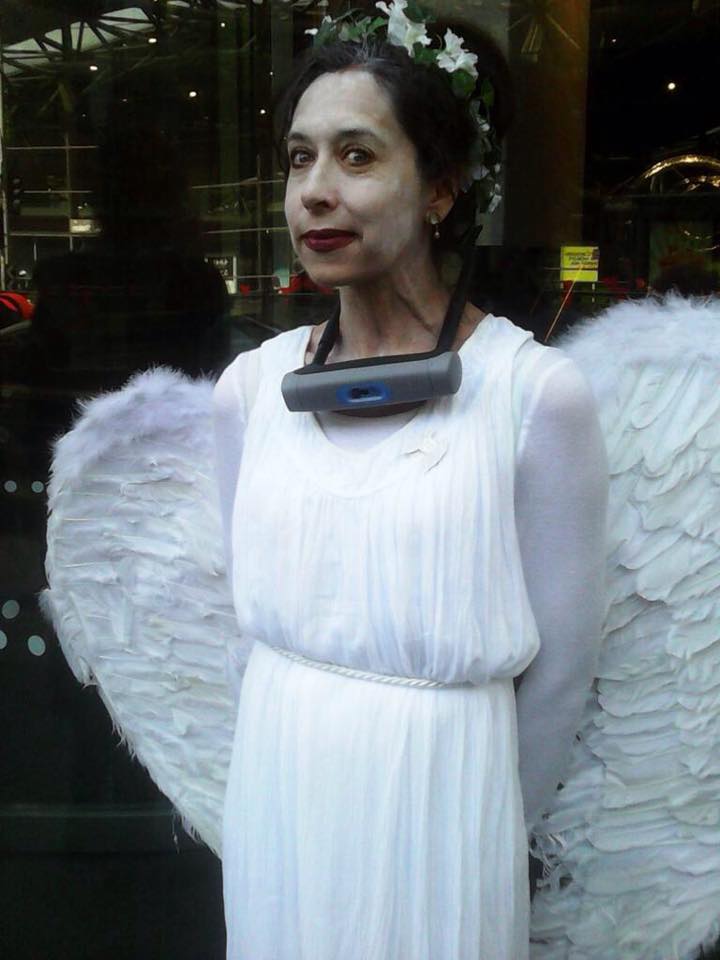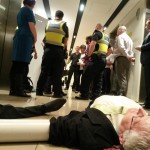Over the last few years a number of American state legislatures have acted to require high school students to undertake cardiopulmonary resuscitation (CPR) training in order to graduate. Currently, Vermont, Virginia, Iowa, Rhode Island, Tennessee, Georgia and Alabama require students to obtain CPR certification and, come September when the new school year starts, they will be joined by Washington, Minnesota, North Carolina, Arkansas and Texas. With the American Heart Foundation reporting nearly 360,000 Out-of-Hospital Cardiac Arrests in 2013 (down from nearly 383,000 in 2012) there is a clear need to maximise the number of people who are able and willing to provide CPR assistance in an emergency.
In Germany and Switzerland it is necessary to obtain first aid certification when applying for a driver’s licence. In 2008, the EU Red Cross wrote to the European Commission [PDF] to recommend that first aid certification be made a mandatory requirement for all applicants for the European driver’s licence with re-certification to be undertaken every five years so that skills and knowledge could be kept current. In making this recommendation, the EU Red Cross produced strong arguments: they state that up to 85% of “preventable pre-hospital deaths” occur as a result of airway obstruction causing asphyxia before the arrival of emergency services and 57% of deaths occur within minutes of the initial crash. Clearly, having bystanders who are willing, able and equipped to provide assistance would lead to a reduction in deaths from road accidents. As they, somewhat bluntly, say:
Imagine a victim with severe bleeding following a road accident. If nobody applies pressure to the wound to stop the bleeding, even the most sophisticated or the quickest emergency service in the world will only arrive on the scene to certify death.
Mandatory training schemes are all well and good where adequate resources are available and flexibility and fairness can be assured. However, amongst marginalised communities these conditions are not guaranteed. In school districts where funding is tight, mandatory training may be a considerable burden even if additional funding is granted to cover the programme. It is often large, peak-body groups such as the American Heart Foundation or the Red Cross (or in Australia the Red Cross and St John) that are approved to provide training for education departments and while this does impart a certain guarantee of quality upon the programme the costs are often far and above what poor individuals and communities are able to afford. This becomes a problem when students miss organised training sessions due to work, family or health commitments/concerns or else are left behind because trainers are unable (or even unwilling) to cater to students with different literacy, language and physical requirements. The kid who misses a training session because they have to go to work or look after a family member may be in that situation because a parent or caregiver has been incapacitated by an injury or illness or else because the family income is very low: ironically and unfortunately, these are likely the kids who would benefit most from the training as they may be more likely to find themselves in a situation where CPR or first aid is needed.
If individuals or communities want to organise their own (unaccredited) training they face a major barrier in the prohibitive cost of training, equipment and supplies or else may have to choose to compromise on capacity and/or equipment to ensure at least something is available. Marginalisation, whether at the level of the individual or the community, is a vicious cycle. In the case of mandatory CPR training in high schools we should recognise that this is a sector already under attack, financially and culturally (such as through the undermining of scientific and rational education, censorship, entrenchment of privilege and campaigns to busty public sector unionisation) and that for marginalisation to be properly addressed there needs to be a profound and systemic overhaul of society, not just particular education departments and school districts.
In the meantime, there is a lot that can be done in the community to ensure that everyone has a good chance to receive, and provide, first aid and CPR. After all, as the EU Red Cross says, first aid is an act of humanity and a key responsibility of global citizenship so we should try to make sure access is universal. Street medics play an important role in this by “liberating” medical knowledge and skills and empowering the community to take its health into its own hands. Perhaps the most potent illustration of this was Occupy Sandy, an exercise in mutual aid put into effect by street medics in New York who provided medical and emotional support to survivors of Hurricane Sandy in 2012. This was a comprehensive, holistic and effective response to calamity and one episode amongst many of street medics providing care during crisis. Street medics across the world have also trained activists and marginalised communities in medical self-defence or provided clinical support where the state could not – or actively would not – provide help. It was actually with this in mind that street medicine came into creation: when the Medical Committee for Human Rights visited Tennessee in the early 1960s they witnessed first hand the effects of racist medical systems that deliberately excluded black patients. After seeing people die waiting for acute medical services because they had the wrong coloured skin, these medical professionals worked with black communities to create free clinics, health and education programs and brought wellness to people who the state refused to believe were human.
With regards to mandatory training schemes, street medics could help by helping to ensure that all communities have fair and reasonable access to CPR and first aid training, even if they are unable to accredit those people directly to the state’s requirements. They can also provide a context to ensure that CPR and first aid is relevant to these people and their situations so that there is an active engagement in ensuring communal well-being. Finally, by enacting a radical and holistic approach to healthcare, medics and the community will have a role to play in combating the wider iniquities and inequalities of capitalist society.
JZ.



